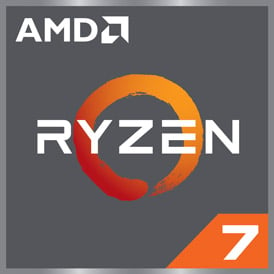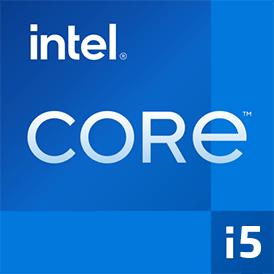 Estimated results for PassMark CPU Mark
Estimated results for PassMark CPU Mark
|
|
AMD Ryzen 7 2700
8C 16T @ 3.2 GHz
|
15740
|
|
|
Intel Core i5-3450S
4C 4T @ 2.8 GHz
|
4350
|
 Geekbench 5, 64bit (Multi-Core)
Geekbench 5, 64bit (Multi-Core)
|
|
AMD Ryzen 7 2700
8C 16T @ 3.2 GHz
|
6252
|
|
|
Intel Core i5-3450S
4C 4T @ 2.8 GHz
|
2410
|
 Geekbench 6 (Multi-Core)
Geekbench 6 (Multi-Core)
|
|
AMD Ryzen 7 2700
8C 16T @ 3.2 GHz
|
5876
|
|
|
Intel Core i5-3450S
4C 4T @ 2.8 GHz
|
1902
|
 Geekbench 6 (Single-Core)
Geekbench 6 (Single-Core)
|
|
AMD Ryzen 7 2700
8C 16T @ 3.2 GHz
|
1219
|
|
|
Intel Core i5-3450S
4C 4T @ 2.8 GHz
|
691
|
 Geekbench 5, 64bit (Single-Core)
Geekbench 5, 64bit (Single-Core)
|
|
AMD Ryzen 7 2700
8C 16T @ 3.2 GHz
|
944
|
|
|
Intel Core i5-3450S
4C 4T @ 2.8 GHz
|
745
|

